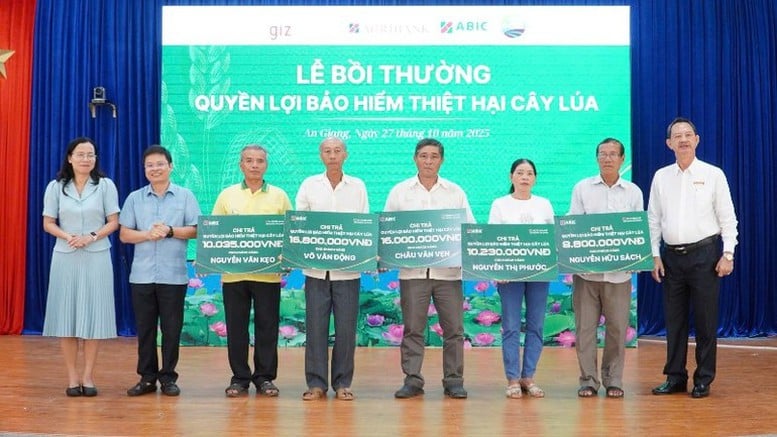
Rice crop damage insurance compensation ceremony
The Mekong Delta is considered the “rice heartland” of Vietnam, contributing more than half of the rice output and more than 90% of rice exports. However, this area is becoming the frontline most heavily affected by climate change with drought, saltwater intrusion, storms, floods, landslides and complex epidemics.
With production depending on nature, farmers here still "bet" on the weather every crop season. In that context, rice crop damage insurance is considered a "financial shield" to help farmers minimize losses, protect income and maintain production.
However, as delegates pointed out at the seminar "Challenges and solutions for rice crop damage insurance in the Mekong Delta" recently organized by Agribank Insurance in collaboration with the Department of Cooperative Economics ( Ministry of Agriculture and Environment ), An Giang Department of Agriculture and Environment, Agribank An Giang and GIZ Organization, the path for agricultural insurance to truly enter life still has many barriers.
The risk of fraud and the difficulty in assessing damage are also major problems. Natural disasters and pests develop rapidly, making it difficult to determine the cause and extent of damage, making insurance companies hesitant to expand their product range.
In addition, weak agricultural data infrastructure and the lack of a shared database on weather, production and risk make pricing, product design and claims assessment inaccurate and costly.
Another barrier is that small-scale, fragmented production increases insurance costs and limits the ability to control the production process. There is no close connection between farmers, cooperatives, businesses, banks and insurance units, making insurance models difficult to sustain.
A bright spot is the credit-insurance linkage model implemented by Agribank and Agribank Insurance (ABIC). This is considered a "closed circle of protection" initiative for rice growers, to ensure that capital flows are not interrupted when risks occur.
Mr. Tran Van Soul, Director of Agribank An Giang, said that Agribank is currently the main bank serving "three farmers", with more than 70% of outstanding loans in An Giang for rice production. Combining insurance with credit helps banks preserve loan capital, farmers feel secure in production, and insurance companies have a stable database and distribution channel.
Specifically, this model is implemented in the direction of Agribank providing capital to farmers and cooperatives participating in the 1 million hectare high-quality rice project; Agribank Insurance provides rice crop damage insurance products and credit guarantees. When risks occur, insurance pays out to help people pay debts and maintain production, and the bank ensures capital flow.
In An Giang, Agribank Insurance has cooperated with GIZ to pilot rice crop insurance in 11 cooperatives. During the heavy rains on August 21-22, the enterprise promptly paid 61.8 million VND to households in Phu An Hung Cooperative, helping them quickly restore production. At the same time, nearly 350 million VND in credit security insurance was also paid to borrowers facing health risks - a very humane action, affirming that insurance is not just a "compensation card" but a commitment to accompany farmers.
Mr. Nguyen Xuan Tien, Chairman of the People's Committee of An Phu Commune, said that this is a great source of spiritual encouragement to help people have more confidence in the policy. Representative of the Ministry of Agriculture and Environment, Ms. Dinh Thi Hoa, Head of the Department of Poverty Reduction and Social Security, highly appreciated ABIC's efforts and asked the enterprise to continue to improve its products to suit the production characteristics of the Mekong Delta.
According to experts, for rice crop damage insurance to be effective, close coordination is needed between the State, businesses and people. First of all, the State needs to amend and improve the legal framework, expand the list of supported crops, reduce administrative procedures and apply a flexible pricing mechanism according to risk areas.
At the same time, the construction of a shared digital database on agriculture is an urgent requirement. This system needs to integrate information on meteorology, hydrology, production and risks so that insurance companies have a basis for designing accurate and transparent products.
At the same time, propaganda and training must also go one step further. Farmers need to be equipped with knowledge about their rights, obligations and how to participate in insurance. Only when farmers proactively consider insurance an essential part of production, instead of just considering it a "temporary solution", can this model develop sustainably.
Mr. Minh
Source: https://baochinhphu.vn/bao-hiem-cay-lua-la-chantai-chinh-cho-chuoi-san-xuat-tieu-thu-lua-gao-102251030181937697.htm


![[Photo] National Assembly Chairman Tran Thanh Man receives foreign ambassadors who came to say goodbye](https://vphoto.vietnam.vn/thumb/1200x675/vietnam/resource/IMAGE/2025/10/30/1761820977744_ndo_br_1-jpg.webp)
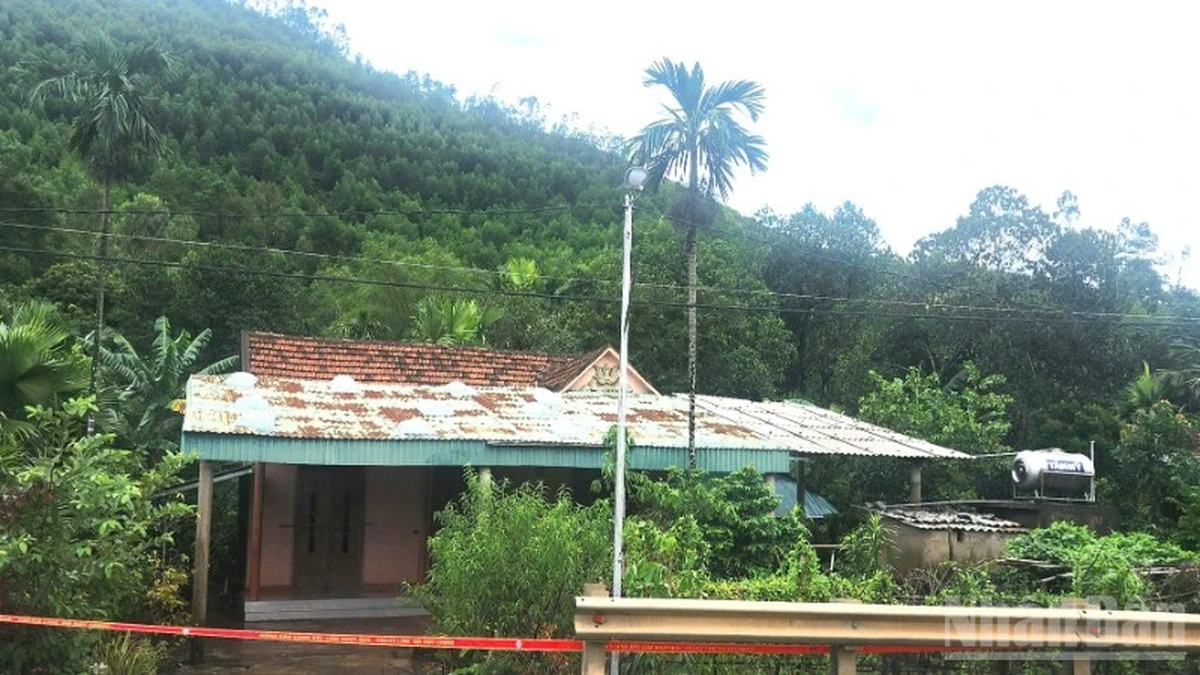
![[Photo] Touching scene of thousands of people saving the embankment from the raging water](https://vphoto.vietnam.vn/thumb/1200x675/vietnam/resource/IMAGE/2025/10/30/1761825173837_ndo_br_ho-de-3-jpg.webp)
![[Photo] General Secretary To Lam meets former British Prime Minister Tony Blair](https://vphoto.vietnam.vn/thumb/1200x675/vietnam/resource/IMAGE/2025/10/30/1761821573624_tbt-tl1-jpg.webp)
![[Photo] The Third Patriotic Emulation Congress of the Central Internal Affairs Commission](https://vphoto.vietnam.vn/thumb/1200x675/vietnam/resource/IMAGE/2025/10/30/1761831176178_dh-thi-dua-yeu-nuoc-5076-2710-jpg.webp)
![[Photo] General Secretary To Lam attends the Vietnam-UK High-Level Economic Conference](https://vphoto.vietnam.vn/thumb/1200x675/vietnam/resource/IMAGE/2025/10/30/1761825773922_anh-1-3371-jpg.webp)
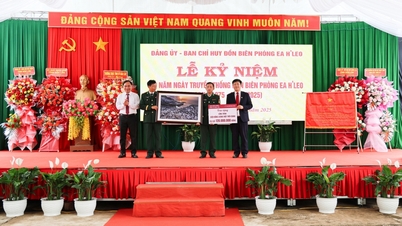

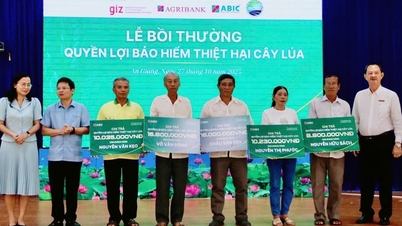

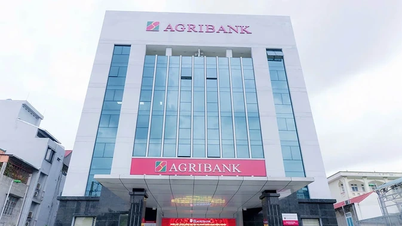

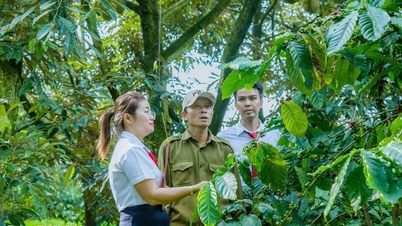
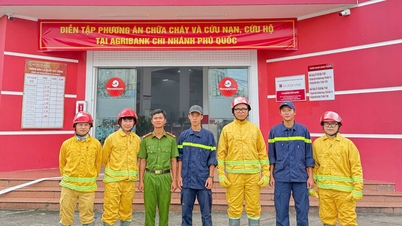

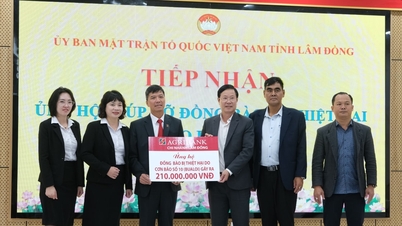





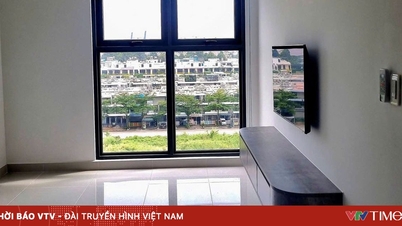

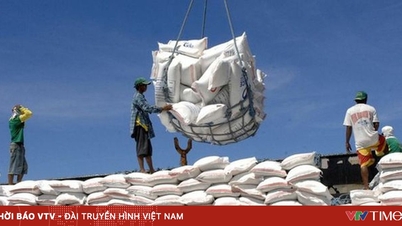




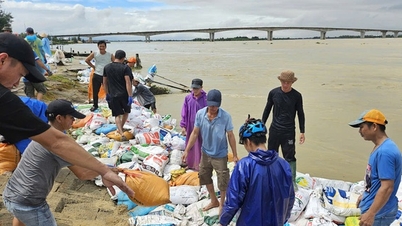
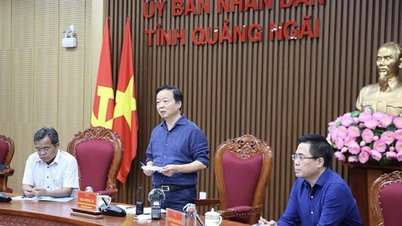

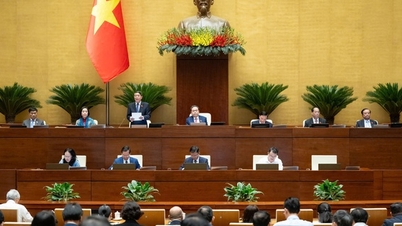
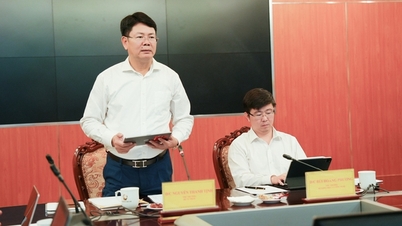






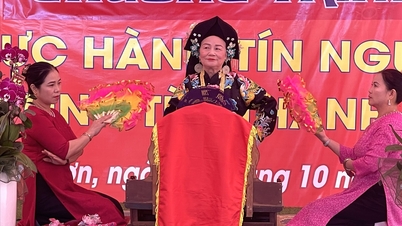





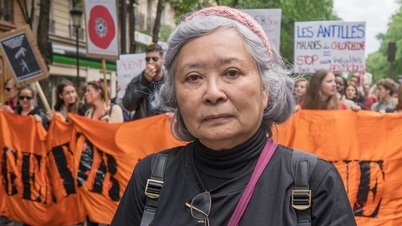

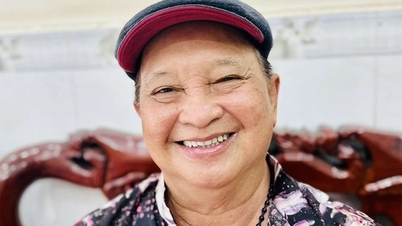





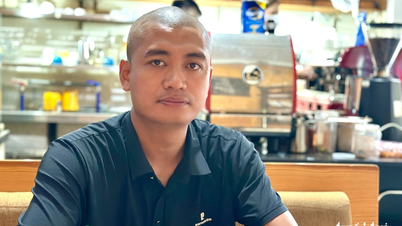

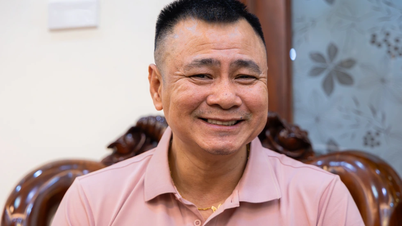

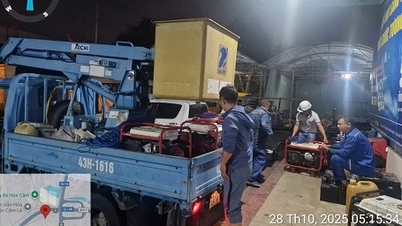

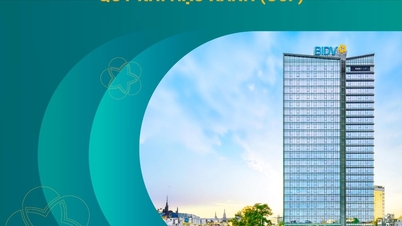

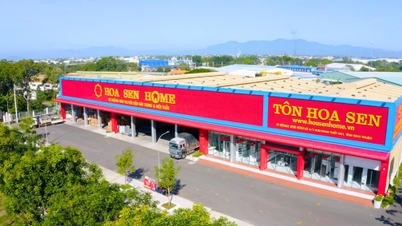










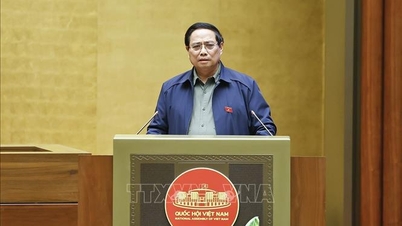



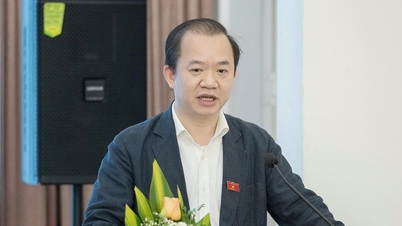
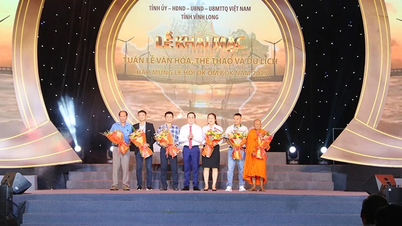


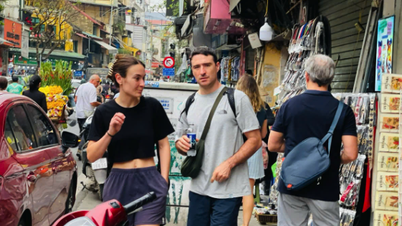


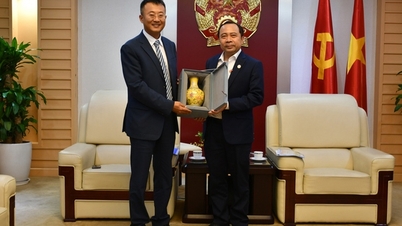
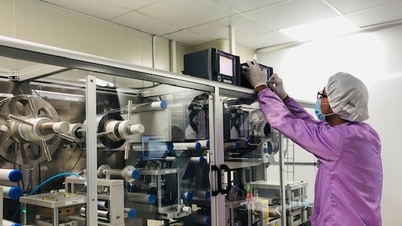
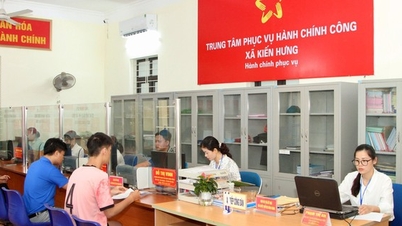
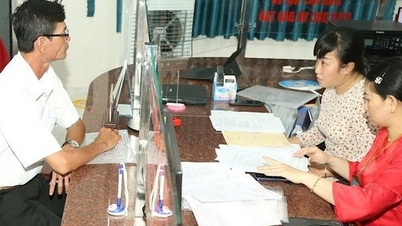
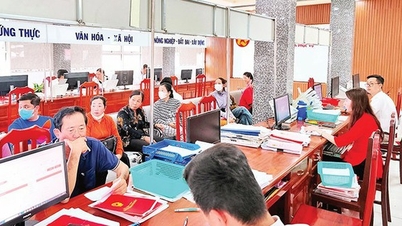
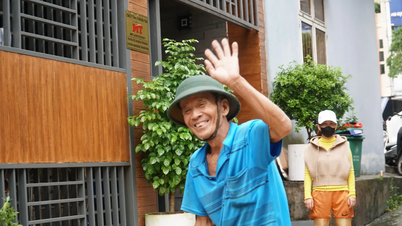

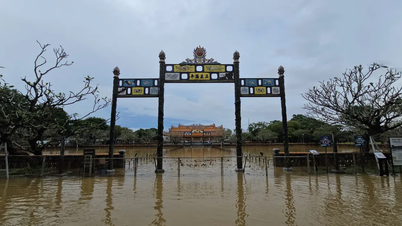


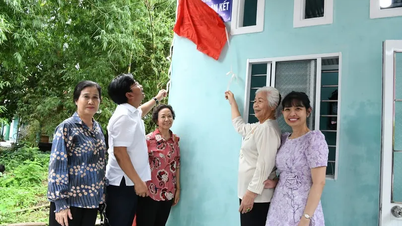

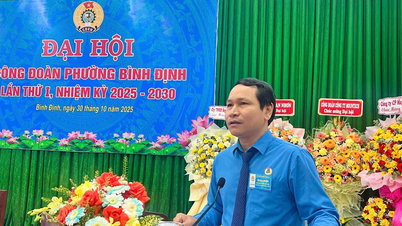













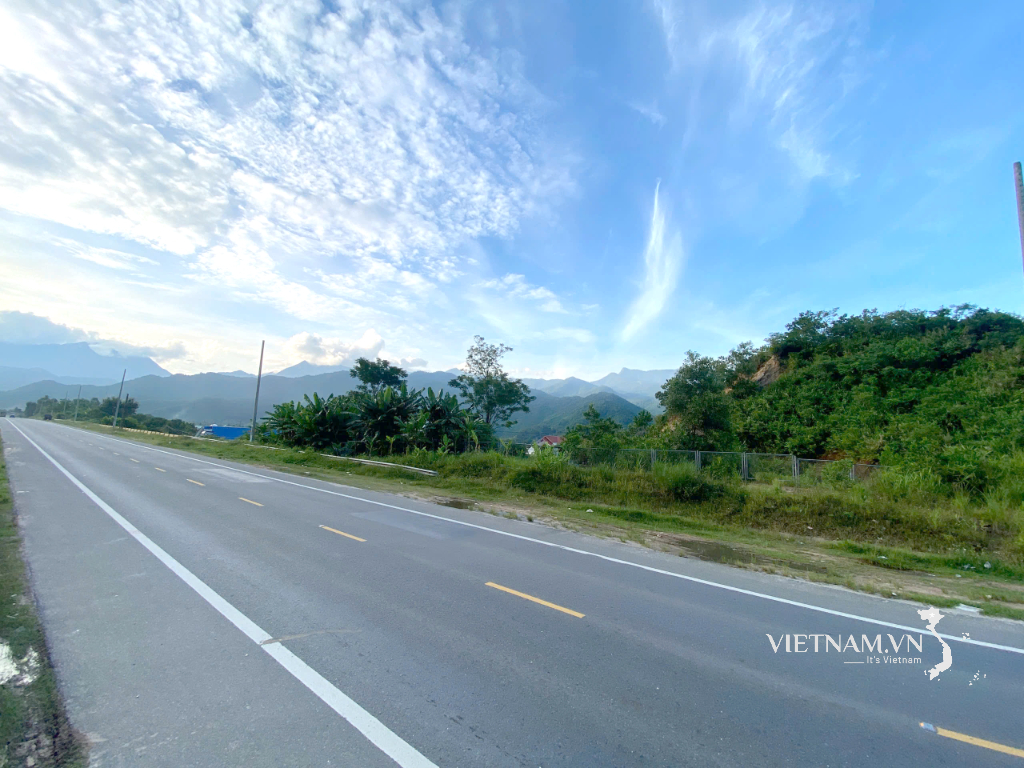

Comment (0)